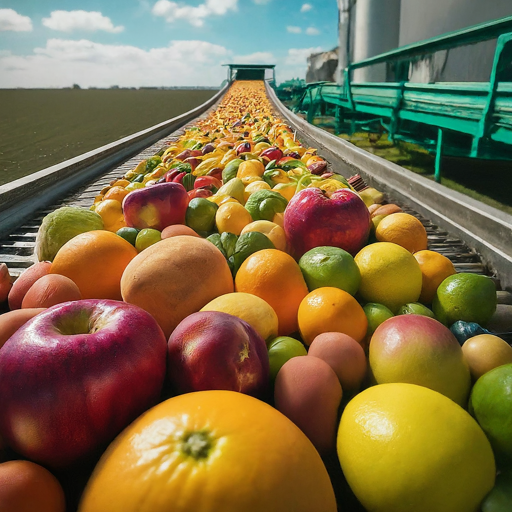Articles
Broken Plates: Why Our Food Travels Too Far and What We Can Do About It

March. 21, 2024, 10:41 AM PST
By: John Andresen
The average American meal travels a shocking 1,500 miles before reaching your plate. This vast journey, driven by a focus on efficiency and cost-cutting in large-scale agriculture, raises critical questions about the quality and sustainability of our food system.
The Hidden Costs of Efficiency
While lower food prices are a benefit, the long-distance distribution system comes with hidden costs:
- Nutrient Loss. Fruits and vegetables lose vital vitamins and minerals during long journeys. Dr. Dana Carpenter, a registered dietitian, explains, "Produce picked green and shipped long distances lacks the full range of nutrients found in locally-sourced options."
- Economic Strain. Transportation costs inflate food prices, disproportionately impacting low-income communities with limited access to fresh, affordable produce. Karen Washington, of New York City's Rooftop Reds urban agriculture project, highlights this concern: "The current system burdens low-income communities who struggle to find affordable, nutritious food."
- Loss of Local Traditions. Local farms struggle to compete with mass-produced, transported food, leading to a decline in local economies and the loss of valuable agricultural traditions. Sarah Vaughan, from the National Farmers Union, underscores the importance of local agriculture: "Supporting local farms strengthens our food security and preserves agricultural traditions."
Farm-to-Table Takes Center Stage
Fortunately, alternatives exist that promote a healthier and more sustainable food system:
- Local Food Systems. Supporting farmers' markets, CSAs (Community Supported Agriculture), and farm-to-table restaurants fosters a more sustainable system. Locally sourced food is fresher, more nutritious, and reduces the environmental footprint of our food choices.
- Seasonal Eating Embracing seasonal produce promotes healthy eating habits, reduces reliance on long-distance transportation, and connects us with the natural cycles of food production.
- Food Waste Reduction. Nearly one-third of all food goes to waste. By reducing food waste at home and supporting initiatives that address it, we can lessen the overall demand for long-distance food transportation.
Empowering Consumers, Building a Better Future
By understanding the journey of our food, we can make informed choices that promote sustainability, health, and economic resilience. Supporting local farmers, embracing seasonality, and reducing food waste are all steps towards a more resilient food system for generations to come. Let's rethink the journey of our food and embrace a future where our plates are filled with fresh, local, and delicious options.
